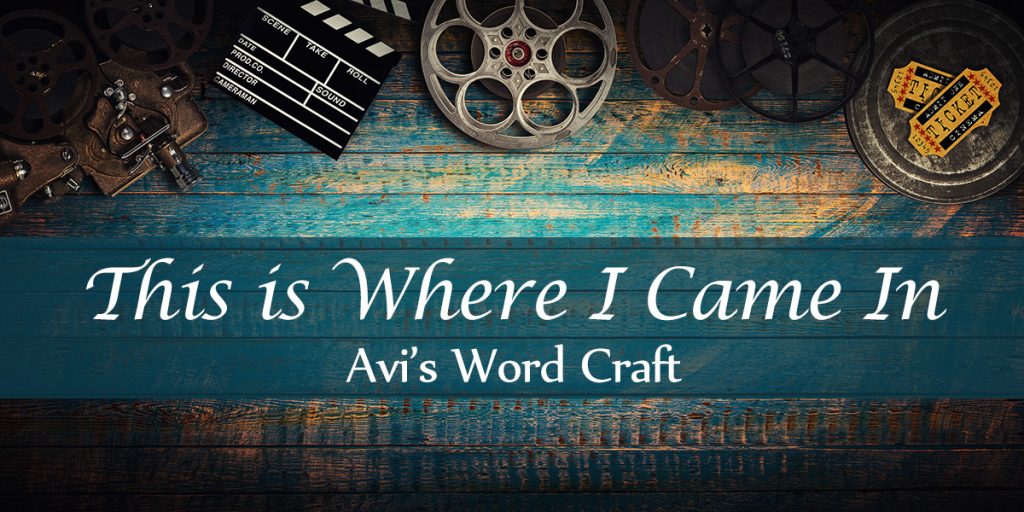
I have long believed stories — narratives — are one of the basic forms of communication. Narratives are one of the ways we make sense of the world. It’s how we create logic out of chaos. No surprise then that I have always been fascinated by different forms of narrative and have come to believe that the way one tells a story is a key part of that story.
I believe that jokes are a form of narrative, as is gossip. The Bible tells a story. So does the daily newscast. By way of contrast, one disturbing aspect of nightmares is that they have no logical narrative: they can be troubling (even frightening) because they are disjointed.
As a writer, I am not committed to any particular form of narrative. When I sit down to compose a story, I generally begin with the question, “How am I going to write this story?” It can take me awhile to work that out, and I am open to any form.
Consider two of my books, The True Confessions of Charlotte Doyle, and Nothing but the Truth. Published one year after the other, one is a straightforward plotted tale, the other a plot created by interconnected documents.
I have written a graphic novel (City of Light, City of Dark) and a novel which is all dialogue — no descriptive text at all — Who Was That Masked Man Anyway?
I created the highly successful serial story venture, Breakfast Serials, which ran stories chapter by chapter in newspapers. I once held a class at New York University on “the narrative structure of daily newspaper strips.”
I’ve composed very short stories (Things That Sometimes Happen) and very long novels, (Beyond the Western Sea). That’s in contrast to picture books with less than a thousand words.
The three Crispin books (long novels) are written in Iambic pentameter. The Button War (a novella) has language that is brief and terse.
The Poppy books — written over a twenty-five-year period — and not written in the order of the full story arc, can now be read as one continually flowing tale. It’s a case of a disjointed tale becoming one story over a long time of creation.
One of the oddest forms of narrative experience I have experienced happened when I was a kid, going to the movies.
In those days (the 1940s) we just went to the movies. I can’t recall ever checking to see when the film began as I do today. In any case, when we went to the movies then, it was not just to see one film, but several. There was an A movie and a B movie. Often, there was a newsreel between the films. If it was a kid’s showing, there were perhaps several cartoons and a chapter of an ongoing serial.
But normally, when I went to these movies — because we didn’t seem to care when they started — we sat down in the theatre in the middle of one of the long films.
We sat through the entire offering until we came back to the part of the story when we first sat down. At that point, one of us said, “This is where we came in.”
We left the theatre.
That meant we reconstructed the whole story of one of those films by putting together (in our thoughts) the last half and then the first half — backward!
Indeed, have you not sat down with a friend or relative, and in response to the question, “How are you?” got the same old story you have heard a million times?
In your head (you are too polite to say it) comes the refrain, “This is where I came in.”
Life is, in fact, a story.
What’s your story?
1 thought on “This is Where I Came In”
Your body of work is a marvel. Thank you for all the stories.